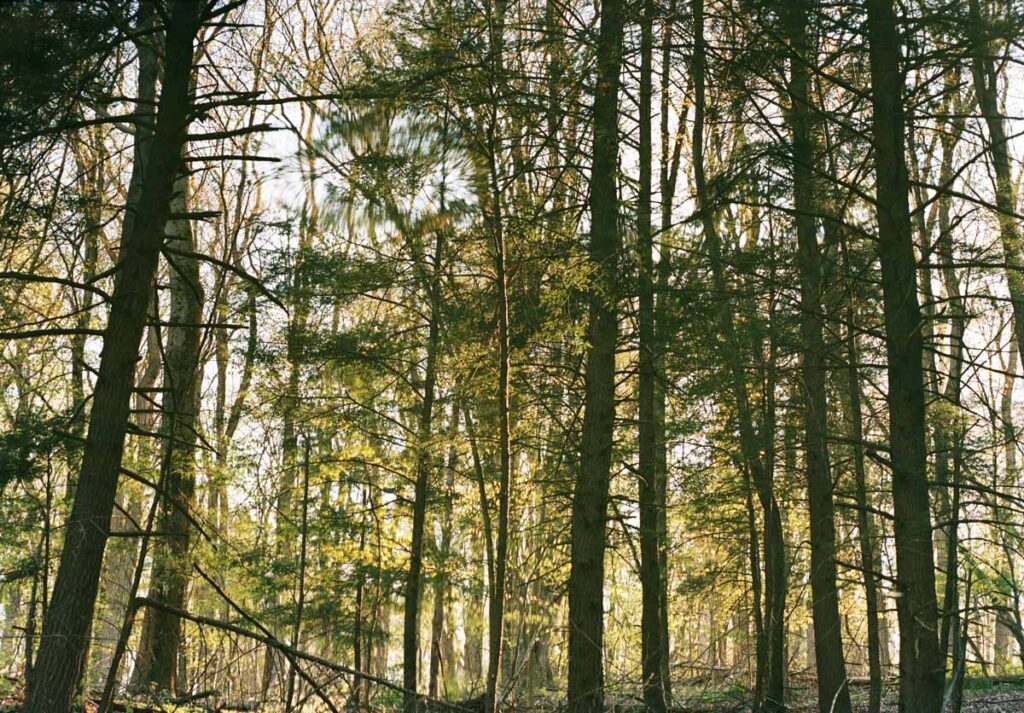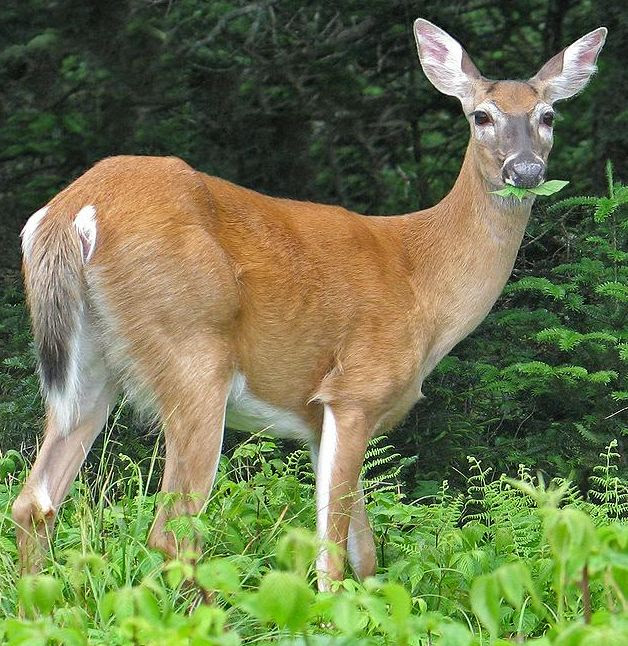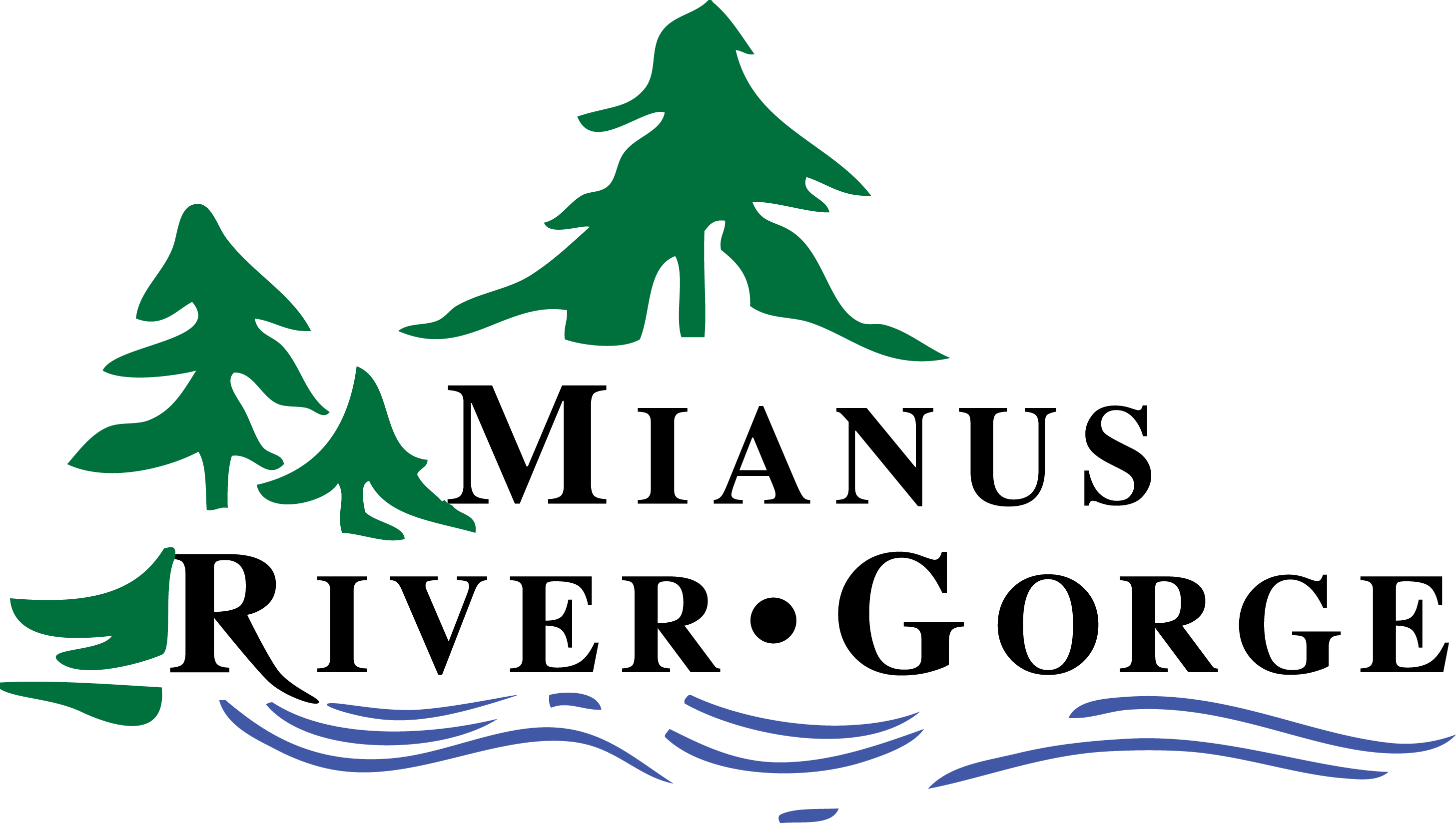The NYS DEC and Westchester Community Foundation each awarded a grant to Mianus River Gorge to help improve the health and buffering ability of the younger, post-agricultural forest that surrounds the Mianus River Gorge old-growth forest.

Mianus River Gorge Preserve (MRGP) is a linear preserve and past agricultural activities came very close to the core old-growth forest. As pasturelands and farm fields were abandoned, they reverted to forest, but their subsequent development was influenced by a growing deer population and changes in the soils associated with past activities. If we are to keep our old-growth forest healthy, we need healthy adjacent second-growth forests to further buffer the fragile core from human-related activities.

Dating back to Colonial times, over 50 old paddocks delineated by stone walls border the old-growth forest in the Mianus River Gorge Preserve. Today, these former paddocks contain the younger trees that have grown from the soil that once supported the agricultural activities of this region. Most of the fields at MRGP were reverting to forest at the same time as the deer population was growing exponentially. The heavy browsing by white-tailed deer combined with the disturbed soils in these abandoned agricultural fields led to the even-aged, newer forests lacking diversity and now dominated by only a few species.
As the short-lived species fall down, the canopy opens and allows light to penetrate the forest floor. Normally this would be a prime area for regrowth and increased diversity, but deer populations again influence the process in this suburban / exurban forests. Due to heavy pressure by deer on native herbaceous species, the understory instead becomes dominated by non-native invasives (deer prefer native species and, at the same time, non-native species like the disturbed soils of the old farm fields). Over time, this process resulted in a forest that lacks diversity, is missing critical forest layering, lacks sufficient climax species that are important long-term food and habitat sources, and is dominated by a variety of non-native species. Overall, this forest composition is a very poor buffer for the core old-growth forest in MRGP and threatens the long-term viability of this unique resource.
An uneven-aged forest that will provide the habitat and food resources for wildlife diversity in a suburban / exurban area where deer management is difficult (only bow hunting is permitted in Westchester County) is the desired future condition of the forest stand. Located in a transition zone between typical southern and northern forests, MRG also hopes to establish an ecosystem that is adaptable to changes in climate by creating forest species diversity including southern climax species that have continued to move north.

The ultimate goal of this project is to develop a healthy stand density and diversity within the Mianus River Gorge Preserve that will improve conditions for ground-nesting birds and other wildlife, and buffer the older forest.
Westchester County is at the southern-most edge of the normal range for many climax species such as sugar maple and at the northern-most edge of southern species such as some species of oak and yellow poplar. The impact of a warming climate will undoubtedly affect these trees in the future, but improving the health of our existing forest may make it possible to buffer the MRG forest from future climate change.
Focusing on a specific “Management Unit” within MRGP, MRG staff will execute an uneven-aged forest management strategy including: adjustments to MRG’s on-going deer management program, construction of deer exclosures totaling 28-acres, and planting more long-lived, drought-resistant species in forest openings.
With input from NYS DEC foresters, Mianus River Gorge will apply a combination of professionally accepted practices that work in parallel to protect and enhance the development of self-sustaining post-agricultural upland forest in the Mianus River Gorge Preserve. The plan focuses on reducing herbivory, removing invasive species, and planting a selection of trees that will tolerate advancing climate change to provide stability to the forest, food (e.g., acorns, hickory nuts) for deer, turkeys, and other bird species, and improve the health and buffering ability by creating a more uneven-aged forest. The work in the forest builds on MRG’s previous environmental work funded by Westchester Community Foundation to save the hemlock trees from devastation by the hemlock woolly adelgid pest and re-introduce an array of native wildflowers that were once common in the Preserve.
